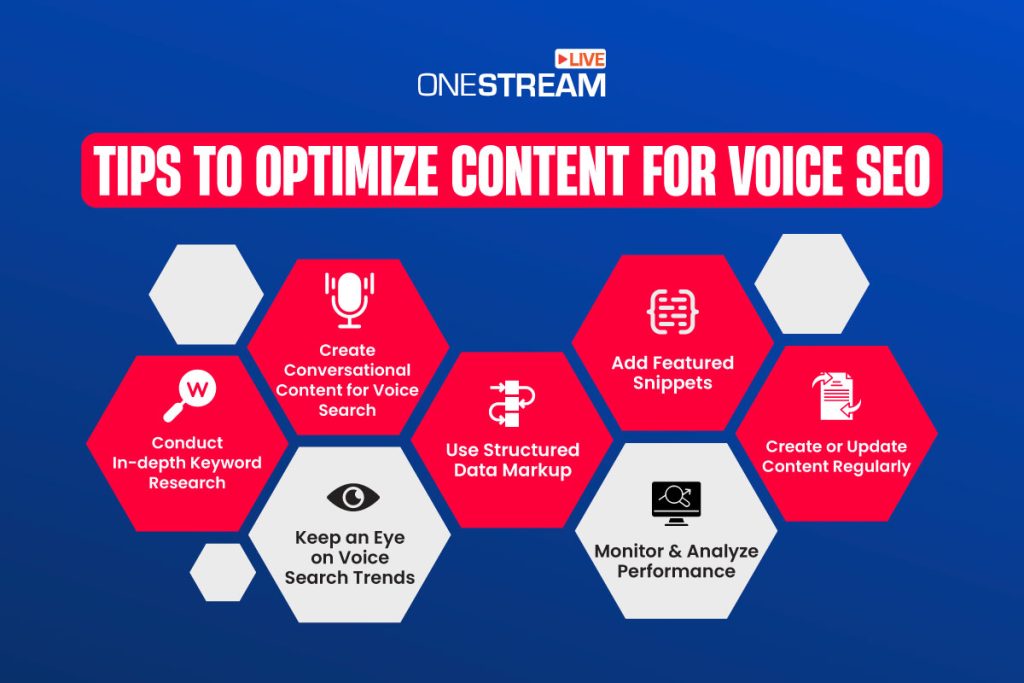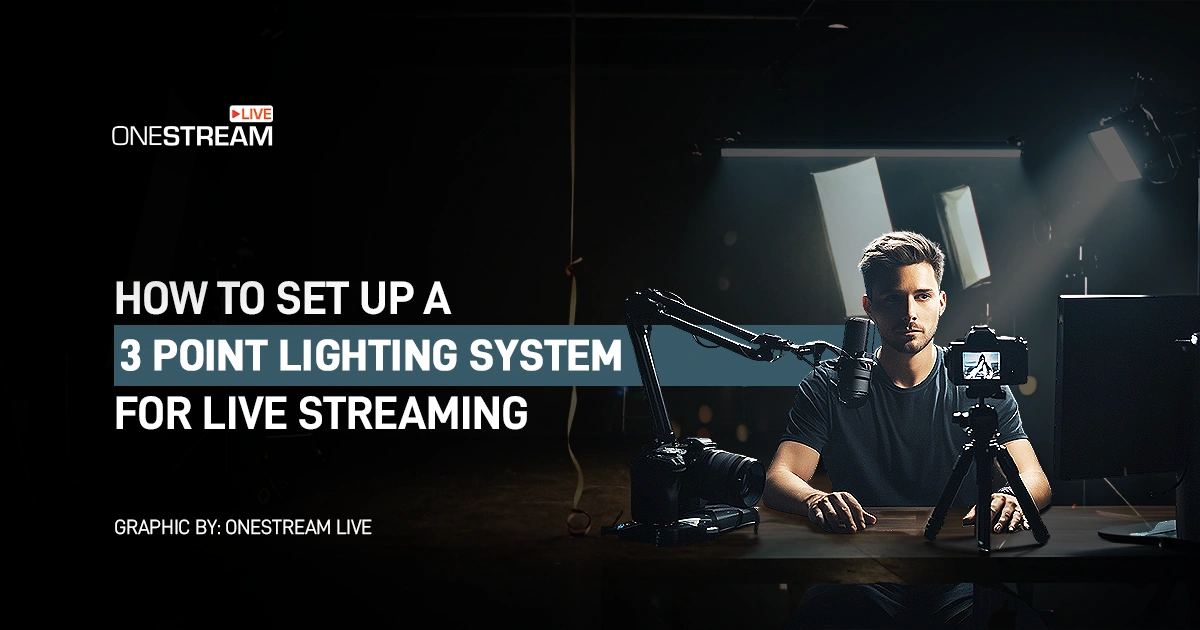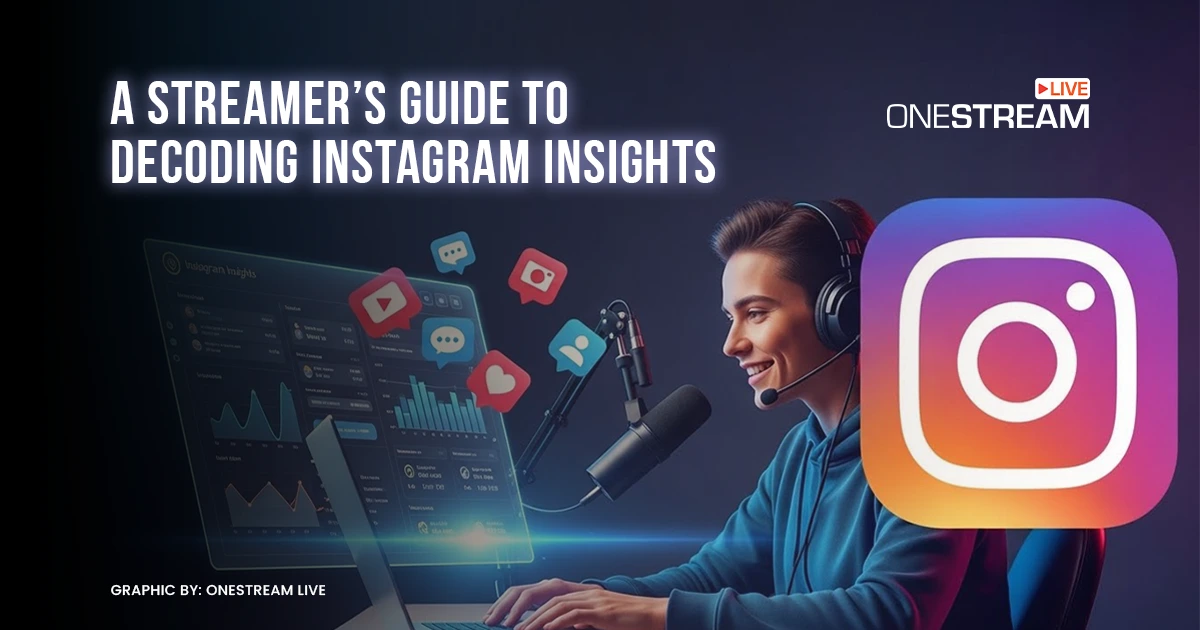Voice search is changing how we think about Search Engine Optimization (SEO) strategies because more people use voice assistants for online searches. Knowing that the primary way to drive website traffic is through SEO, companies must optimize their websites for voice search.
Learn how voice search impacts SEO and tips on optimizing your website. AI and machine learning algorithms are becoming more efficient and accurate in recommending websites to users.

Conduct In-Depth Keyword Research
To enhance your voice search optimization strategy, you must first research and discover what keywords people search for related to your products or services. I use a combination of keyword research and tools to show you what people are asking about the keywords you want to optimize for.
For example, I start my keyword research on Semrush. Then, with these keywords, I use a combination of the following ways to find questions people are asking that I can optimize for.
These tools are AlsoAsked and AnswerThePublic. You can also enter the keyword into Google and look at the “People also ask” section.
As voice search becomes more prevalent, optimizing for questions that people might ask their voice assistants can significantly improve your voice search ranking. Think of the content you’re creating for your website as an answer to a potential customer’s query.
This SEO strategy will help you answer the questions people are asking and optimize your Google My Business, especially for people looking for your services nearby.
Create Conversational Content for Voice Search
To align with voice search’s conversational nature, create content that answers common questions your audience might have. Voice optimization ensures your content is tailored for this search type.
If you aim to improve voice search on a website, consider adding an FAQ section where you address the answer in a short sentence and then link to a blog post with more in-depth content. Use a natural, conversational tone in your writing to make it more relatable and engaging.
Basically, when people ask a question to their voice assistant, you want your website to be the one that ranks for the answer.
Use Structured Data Markup
Structured data markup helps search engines understand the content on your website better. Adding structured data to your pages increases the chances of appearing in Google’s rich snippets.
Rich snippets usually only appear for very specific types of content, which is why optimizing for voice SEO is so important; you want your business to be featured in the rich snippet. To help create structured data makeup, use Google’s Structured Data Markup Helper.
Add Featured Snippet
Not to be confused with rich snippets, featured snippets are also known as “position zero.” The primary feature of voice searches is that users want immediate answers and results, and you want to show up for that answer.
So, to increase your chances of being shown in the featured snippet, provide clear, concise answers to questions you’ve found that customers and potential customers are searching for. Bullet points and numbered lists are especially helpful for ranking in this feature.
Create or Update Content Regularly
Search engines prioritize fresh content. Regularly updating your website with new and relevant content or refreshing evergreen content signals to search engines that your site is active and valuable.
Be sure to review your voice search SEO strategy when creating new content or updating older content to ensure that it still aligns with current voice search trends. Another great way to get new content is to live stream.
Live streaming helps you show your leadership by discussing a trending topic. You can also do a Q&A with your audience or partner with someone in a complementary industry to discuss relevant topics. OneStream Live is a great platform to use for live streaming.
Keep an Eye on Voice Search Trends
With the rise of AI and machine learning, voice assistants are becoming advanced enough to understand tasks and questions. Because AI helps users get more accurate and relevant search results, you need to be really strategic about optimizing for voice search.
Monitor and Analyze Performance
Lastly, review your analytics often to identify what content is performing well and what needs improvement. Google Analytics and Google Search Console are free tools for tracking your website’s traffic, behavior, users, and search ranking.
The paid tool I like to use is Semrush in addition to Google’s tools. Optimizing your content for voice search is no longer something to consider, but it’s necessary to compete in the competitive SEO world.
So, stay updated with the latest trends and continuously refine your strategy. Don’t set SEO and forget it! The industry is always changing, and you want to match its pace.
OneStream Live is a cloud-based live streaming solution to create, schedule, and multistream professional-looking live streams across 45+ social media platforms and the web simultaneously. For content-related queries and feedback, write to us at [email protected]. You’re also welcome to Write for Us!










